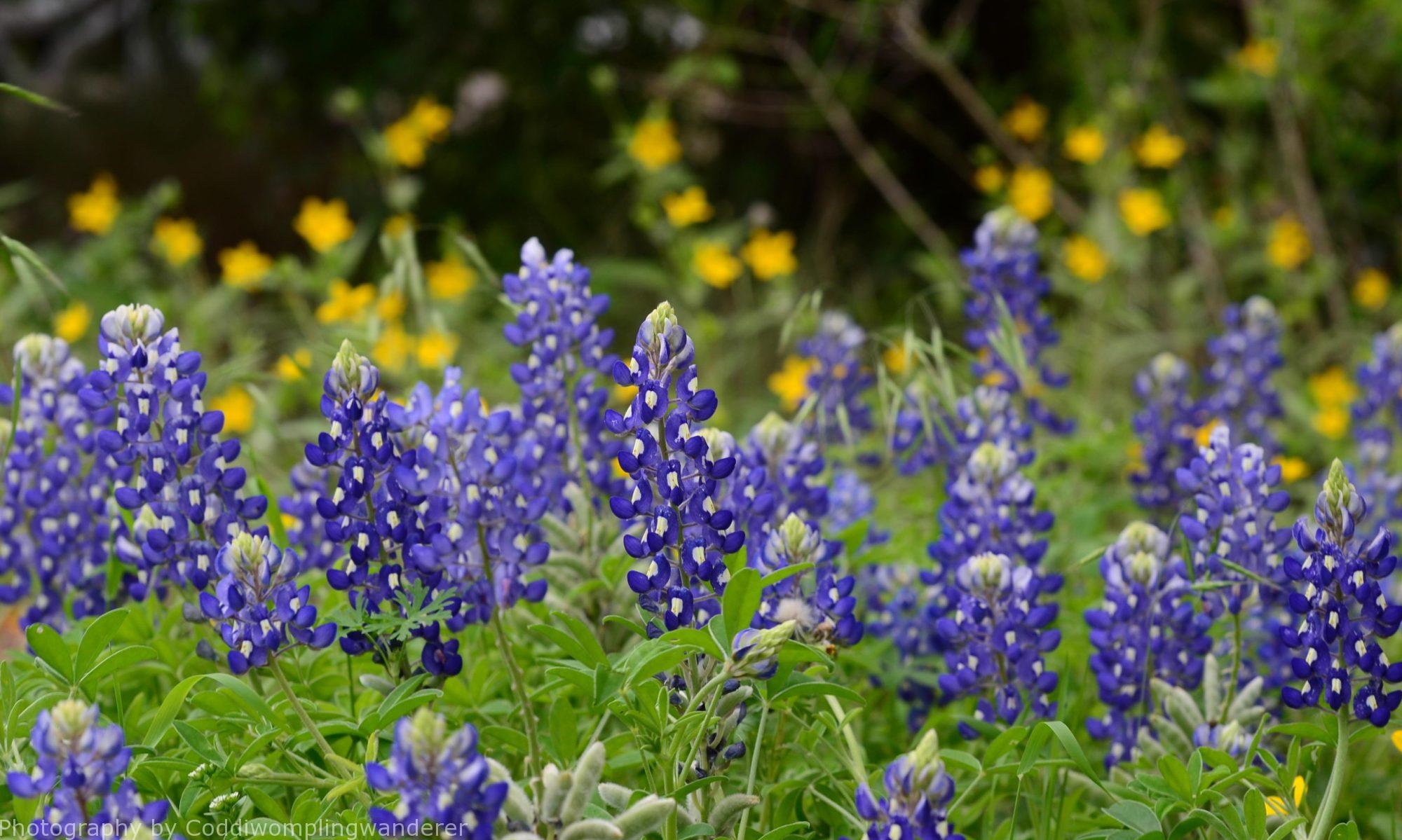“What is all the fuss about? It’s just a tree,” says no one who truly understands the beauty of a live oak. If you’ve ever explored the green space located behind Central Market on North Lamar Street in Austin, you may have discovered a glorious sprawling live oak tree that spreads its limbs far and wide, where kids climb, sweethearts picnic, and local bands play free concerts for the lazily strolling weekend crowds.
According to austin.com, it’s nicknamed the “Yum Yum Tree,” rumored to have been a rendezvous spot for patients of the old Austin State Hospital who would sneak out to the tree for some “quality time.” But what the live oak is less known for is its part in winning the War of 1812!

Live oak was once prized by early American shipbuilders for its hard, dense wood, rot resistance, and curved limbs and trunk. Easy to bend and shape with steam, the wood was used to frame tall sailing ships, such as the USS Constitution. The USS Constitution earned its nickname, ”Old Ironsides,” when cannonballs were seen bouncing off its sides in the War of 1812, prompting a witness to exclaim “Huzzah! Her sides are made of iron!”
According to aviewoncities.com, Old Ironsides won an impressive “42 battles and lost none.” Due to battle successes using wooden ships, President John Quincy Adams helped to ensure a ready supply of live oak by authorizing the establishment of the first and only federal tree farm in 1828, called Naval Live Oak Reservation.*
As the use of iron and steel in warships gained popularity in the late 19th century, the need for wooden ship timber waned. Although live oak reservation for boat building is no longer required, the tree farm remains federally protected land, comprising more than 1,300 acres in the Gulf Islands National Seashore near Gulf Breeze, Fla.
Nowadays, live oak is milled from trees damaged by nature and is used for refurbishing and hobby boat building. According to texastreeid.com, specialty pieces of wood from live oaks killed by the oak wilt fungus in Texas were used to refit the USS Constitution in the 1980s.
The name “live oak” is derived from its evergreen broadleaves. You can spot these beauties by their oblong-shaped leaves, curved trunk, and dark brown, rough and scaly bark, and yellowish flowers that bloom in spring.

Not to confuse the Texas live oak† with the southern live oak, our local species thrives in dry heat; whereas, the southern live oak, aka “coastal live oak,” prefers damper conditions, happily rooting itself throughout the southeastern part of the United States and spreading as far west as southeastern Texas.
The Texas live oak ranges from southern Oklahoma through central Texas and into Mexico. According to thetreegeek.com, it’s the hardiest of the two species and can withstand frigid temps with minimal leaf burn. Although the two species are very similar in appearance, wildflower.org explains that the Texas live oak has slightly larger and more tapered acorns than its “southern” counterpart.
The Texas live oak grows to an average height of 30 feet, with an average width of 3 feet; however, like the “Yum Yum” tree, some older Texas live oaks grow much taller and wider — up to 50 feet tall with a 150 foot wide crown — and can live up to several hundred to over a thousand years.
*Aka Deer Point Live Oaks Reservation, Deer Point Plantation
†Aka escarpment live oak, plateau live oak, hill country live oak, scrulive oak, plateau oak, encino molino, tesmoli












